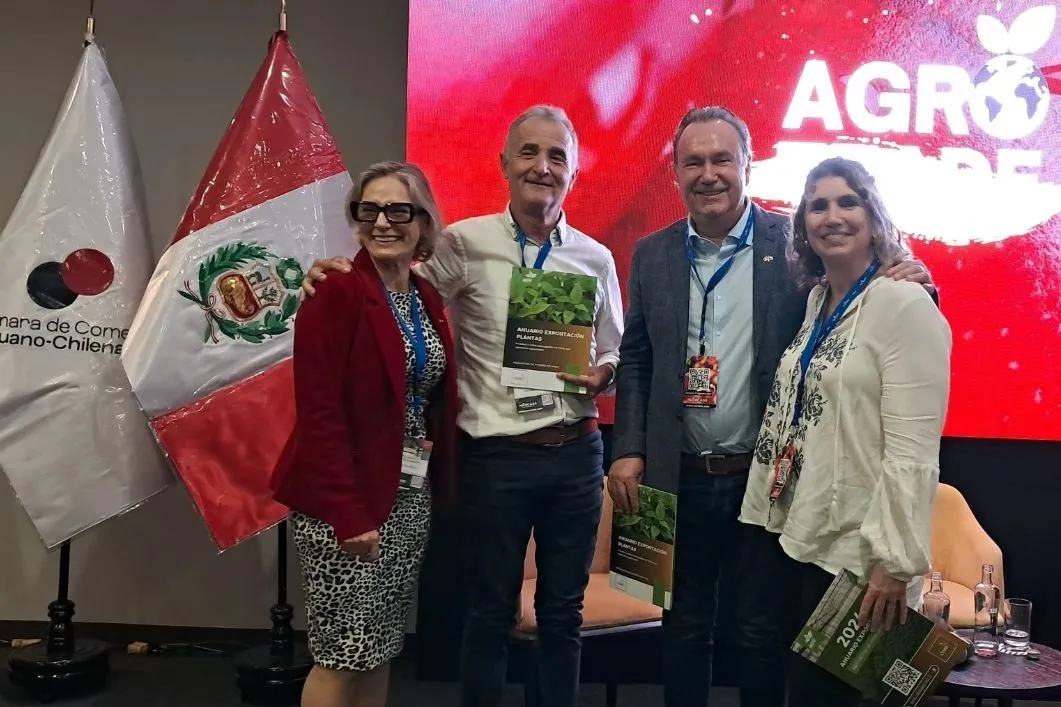The result of over ten years of joint work between local producers, institutions, and INTA, cherries from the Valle de Los Antiguos in Patagonia have obtained the Designation of Origin.
A milestone that rewards the uniqueness of a product shaped by extreme climate, intense light, and local know-how.
In the far south of Argentina, among mountains and glacial lakes, there is a place where time seems to slow down to ripen extraordinary fruits.
In Los Antiguos, in the province of Santa Cruz, cherries are born that not only delight the palate but also tell a story of territory, tradition, and identity.
Today, these cherries are officially recognized with the Protected Designation of Origin, a milestone that certifies what farmers and technicians have known for years: these cherries are truly unique.
A supply chain built over time
"Obtaining the designation of origin strengthens the value of our cherries, protects them, and allows them to stand out in international markets.
It will also enable producers to benefit from an economic return on exports,” explained Liliana San Martino, a researcher at INTA Los Antiguos.
The recognition is the result of a journey that began more than ten years ago with the support of INTA, which assisted the first pioneers in cherry cultivation in this extreme area.
Agronomic techniques, irrigation management, post-harvest, and processing: every stage has been monitored and developed to enhance the product’s unique traits.
"What makes our cherries different are distinctive factors like sweetness, firmness, color, and perceived acidity,” San Martino emphasized.
“But the way they are cultivated is also part of the designation: from pruning to harvest, everything is part of a knowledge specific to the territory.”
Cherries shaped by climate and light
But what truly makes these cherries special? The answer lies in nature itself.
The microclimate of the Los Antiguos valley – near Lake Buenos Aires – offers exceptional conditions: strong temperature variation, intense sunlight, and controlled humidity.
Here, the fruit’s growing cycle can extend beyond 100 days, much longer than the 50–85 days in other cherry-growing areas.
The result is a fruit that is firmer, sweeter, and more aromatic.
Federico Guerendiain, treasurer of the El Oasis Cooperative, shared: “We have formally proven that our cherries are different.
It’s an enormous satisfaction for us. INTA was instrumental, especially in founding the cooperative: a dream that became reality.”
Not just the environment: the value of agricultural know-how
The added value of these cherries goes beyond the environment.
What truly makes a difference is the expertise of the producers: precise pruning to allow light penetration, irrigation based on data and empirical observations, and the timing of the harvest chosen more by experience than by instruments.
All of this is part of the designation’s specification.
“Cherries from Los Antiguos are the last to be harvested in the southern hemisphere, but also the sweetest and crunchiest,” said Diego Aguilar, president of the Mendoza Cherry Chamber and a producer active also in Patagonia.
Aguilar pointed out that “working with INTA helped promote our cherries as the southernmost in the world.
The designation is a strategic asset that can attract new investments, expand cultivated areas, and increase our presence in markets.”
Looking ahead: more quality, more recognition
Cherries from Los Antiguos ripen between late December and mid-February, depending on climatic conditions.
The decision on the exact harvest time, although supported by data such as sugar content, remains in the expert hands of producers.
This is proof that human experience remains central, even in the era of precision agriculture.
"Obtaining the Designation of Origin was not easy, but today it represents a turning point for the entire cherry supply chain in Patagonia.
It is the recognition of an agricultural identity, a territory, and the work of the people who live there,” concluded San Martino.
Source: expoagro.com
Image source: Despachantes Argentinos
Cherry Times – All rights reserved












